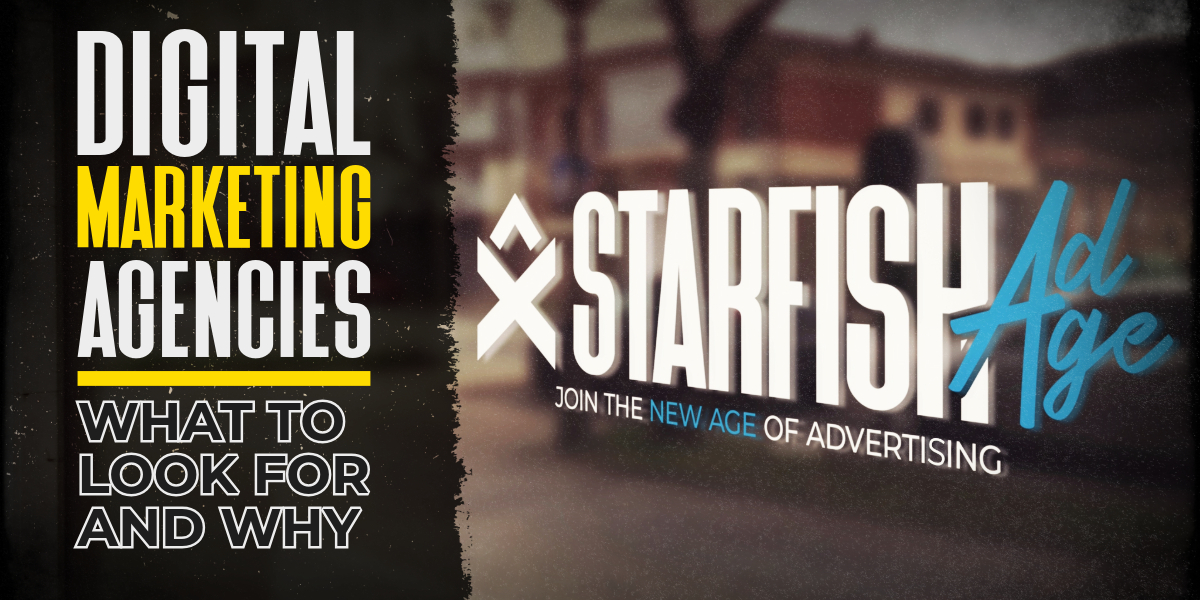
14 Digital Marketing Solutions to Grow Your Business
14 Essential Digital Marketing Solutions to Boost Your Business Growth

LinkedIn, one of the most widely used social media platforms for professionals, has recently introduced a new feature called Collaborative Articles. This feature is designed to bring in opinions and advice from professionals across the platform in response to prompts generated by AI. The goal is to provide members with help and advice from real people who have experience in a particular field, rather than relying on information from the general internet.
The Collaborative Articles feature is intended to provide several benefits. Members can get help and advice from experts in their field, which can be very useful when dealing with difficult issues. Contributors, in turn, can gain more visibility, contacts, and recognition via the new Community Top Voice badge, which lasts for 60 days before they have to contribute again to regain it. Finally, LinkedIn benefits from increased engagement across the platform, which can help drive traffic and increase user retention.
According to LinkedIn, the process begins with AI-powered conversation starters developed by the editorial team. Using LinkedIn’s Skills Graph, the platform matches each article with relevant member experts who can contribute their lessons, anecdotes, and advice based on their professional experience. In other words, rather than members having to come up with topics themselves, the AI does the work for them, in conjunction with LinkedIn’s editorial team, to ensure that only relevant and useful topics are generated.
Once the topics are generated, a select group of relevant experts are invited to post and add their thoughts and insights to the topic. Other members can like and react to the content and ask to be added so that they can contribute their own thoughts, advice, and opinions. This creates a collaborative environment where professionals can share their expertise and knowledge, and work together to provide useful and actionable advice to members.
One of the most significant pros is the wide range of topics that can be generated by the AI. The AI is capable of coming up with far more topics and ideas in a much shorter time than humans ever could, which could lead to an explosion of content on LinkedIn with discussions of far more than we currently have.
Another significant pro is the opportunity for members to gain genuine visibility by contributing high-quality content to the platform. If members take the time to provide quality content, that can only contribute to them being seen as experts. This really could introduce them to new contacts, new clients, and greater opportunities.
Additionally, this is another service that content writers and marketers could offer to clients. Professionals can simply offer to write top-quality content on this platform too, which could open up new opportunities and help establish them as experts in their field.
There are several potential cons to the Collaborative Articles feature. One of the biggest concerns is the issue of visibility. If there is a huge amount of new content across the platform, who will be able to keep up with it? Can contributors add enough content to really gain visibility? Additionally, it is unclear whether LinkedIn will add more experts and well-known contributors.
Another potential con is the quality of the questions generated by the AI. While human editors will do their best to catch any questions that aren’t suitable or don’t make sense, it’s quite likely that some will slip through. This could lead to confusion or frustration among members, particularly if they are struggling to find answers to their questions or are not receiving the level of help they need.
One of the most significant concerns, however, is the issue of compensation for contributors. Contributors are effectively writing free content for LinkedIn in exchange for the promise of visibility, which is another way LinkedIn can generate more engagement and traffic. While the Community Top Voice badge is certainly a nice recognition, it may not be enough for some professionals who want to be compensated for their time and expertise. This could lead to a lack of interest in the feature or a decline in the quality of the content contributed over time.
Overall, the Collaborative Articles feature on LinkedIn has the potential to be a valuable resource for professionals seeking advice and expertise in their field. The AI-generated topics and expert contributions can create a collaborative environment where professionals can share their knowledge and experience, leading to greater visibility and recognition. However, there are also potential drawbacks to consider, such as the issues of visibility, quality control, and compensation for contributors. As with any new feature, it will take time to see how it evolves and how members respond to it.

14 Essential Digital Marketing Solutions to Boost Your Business Growth

Learn about SEO, PPC, social media marketing, content marketing, and more to drive traffic and conversions. Read now!

Learn how to select the best digital marketing agency for your small business, the benefits of hiring an agency, and tips for maximizing your online presence.

Learn how to leverage TikTok advertising, ad formats, targeting options, and best practices to increase brand awareness, and drive sales.

Learn about Connected TV (CTV) ads, their benefits, and how they work. Understand programmatic CTV advertising for effective digital marketing campaigns.
All Rights Reserved | Starfish Ad Age LLC | 2023 | Privacy Policy